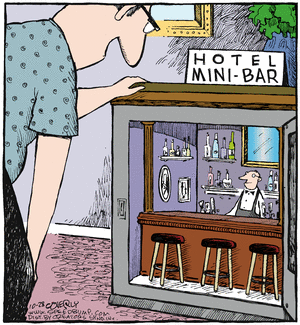Ed Cook of Ralph the Sacred River has addressed an issue with the Talpiot reconstruction that I meant to comment upon but my sleep addled state precluded me from addressing. That is a good thing because Ed is smarter than I am and says it better
1. It is hard to understand why the Aramaic word would be used instead of a Greek one in the Greek ossuary.
2. It’s not clear exactly what form of the Aramaic word they are referring to. Μαρα could = מרה , that is, the emphatic state of the masculine form of maré. However, this form is only attested centuries later; the usual emphatic masculine form at this period would be מריא. It’s also not clear why a female would have a title in the masculine gender.
3. The word Μαρα could also = מרה, מראה, the feminine absolute form of the word. However, the absolute form would have to mean “a lady” or “a mistress,” not “the Master” or “Master.” The emphatic form of the feminine would be מרתא = Μάρθα, “the Mistress,” “the Lady” (also the proper name Martha).
See also the best discussion of all the names I have found on the blogs yet, a guest post by Richard Bauckham on Chris Tilling’s site. Something I had not thought about nor seen anyone else comment upon is the following:
We should note that the surviving six names are only six of many more who were buried in this family tomb. There may have been as many as 35. The six people whose names we have could have belonged to as many as four different generations. This is a large family tomb, which would certainly have been used for quite some time by the same family. We should not imagine a small family group. Some members of the family of Jesus we know lived in Jerusalem for only three decades (from the death of Jesus to the execution of his brother James in 62). None of our other evidence would suggest that there were so many of them as to require a tomb of this size.
UPDATE: See the update from Baukham at Paleojudaica.
(Via Ralph the Sacred River.)




